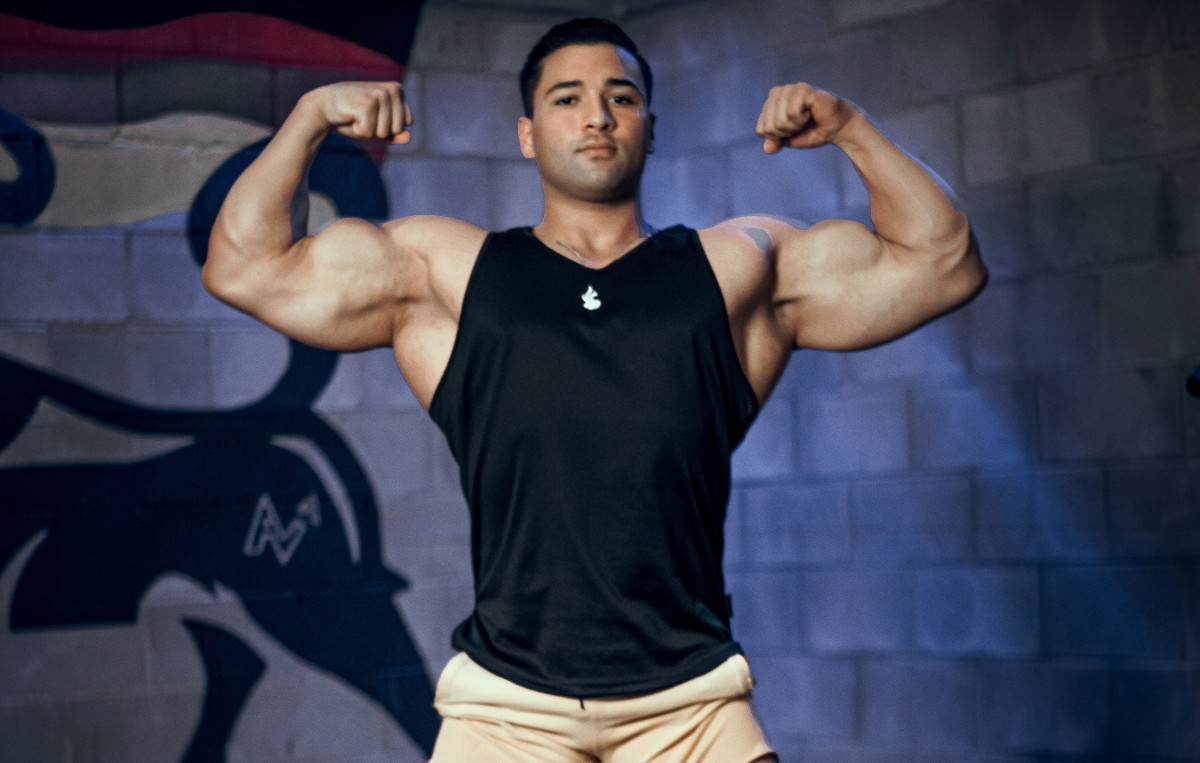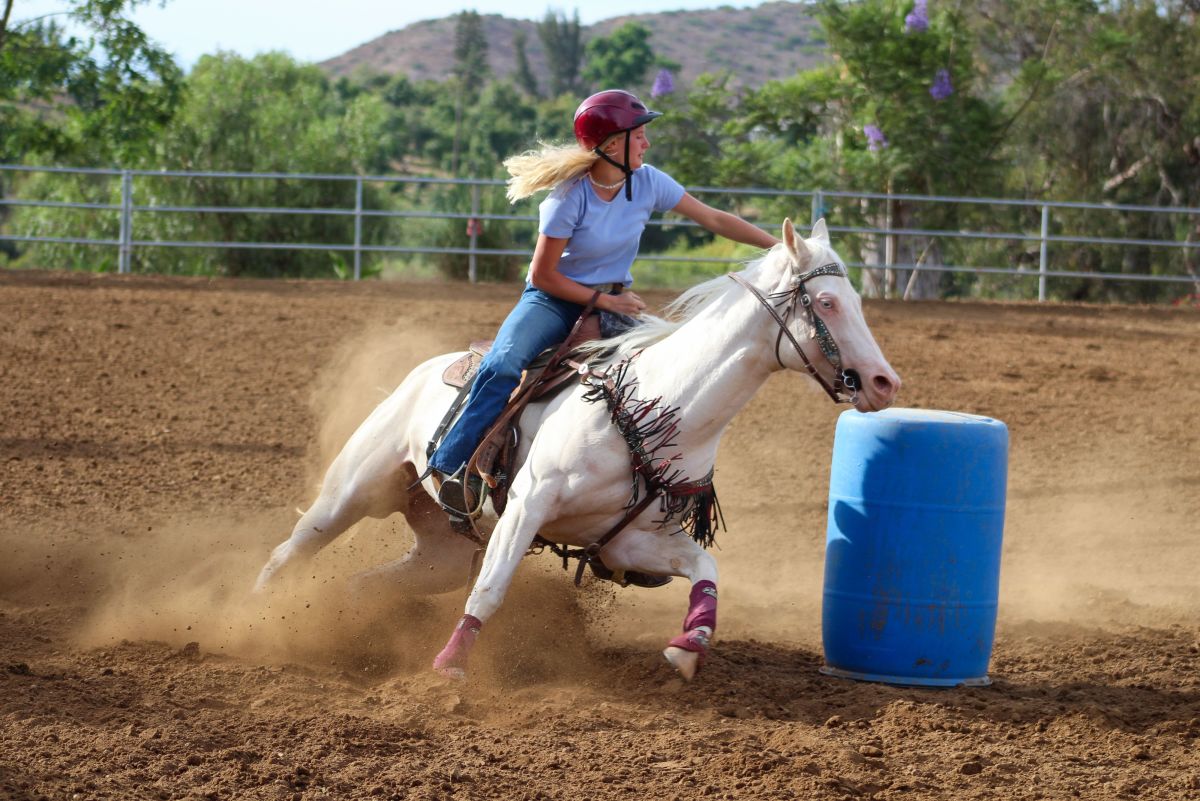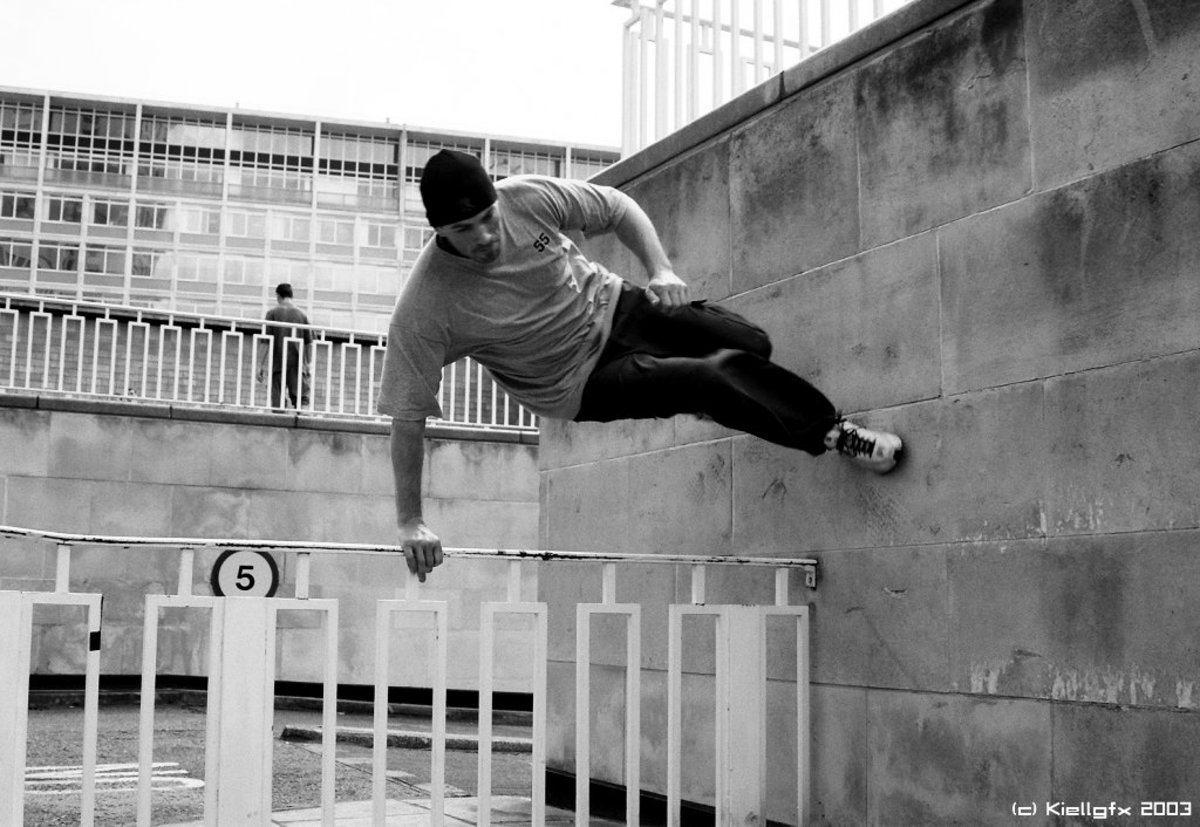Triathlon Training Tips - How To Train for a Triathlon Even When You're Not!
Tell Them You're Doing a Triathlon! It's more cool....
After making its debut in the 2000 Summer Olympics in Sydney, Australia, it seems like everyone is thinking about entering a triathlon. With three separate activities and plenty of ground to cover, you need to be in superior shape to get out and tackle this race. But you don't need to sign up for any event in order to reap the benefits of training for a triathlon.
Of course, why not tell your friends that you're in training anyway? "I'm training for a triathlon" sounds a lot cooler than 'I'm trying to get in shape."
How To Train for a Triathlon - Warmup! Checking Yourself Out Before Triathlon Training
Before you can begin any exercise program, you owe it to yourself to check with your doctor to make sure you're in good enough shape to get started. They can take your blood pressure, get some blood tests, and even give you a stress test if you've had heart troubles in the past. It's a simple step that will get your training moving in the right direction.
If you've already been working out a bit, you might be able to skip this step without any worry, though it never hurts to be safe in either case, especially before you find out how to train for a triathlon and exactly how much work that is.
Running
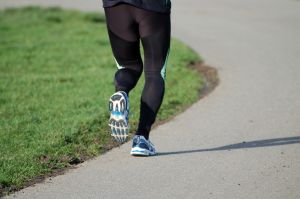
How to Train For a Triathlon #1 - Facing the Run
The biggest obstacle for many people that start training for a triathlon is the run that you need to do. While it isn't usually all that long, it can be a daunting task when the most you've run is to the door to get pizza.
First of all, figure out just how far a triathlon run is – in the Olympics, it's a 10K or 6.2 miles. That is going to be the longest run you do during your training, and you're only going to do that ONCE before you actually would do the entire triathlon. This conserves your muscle strength and also helps to prevent injuries from overtraining.
To create a running program for a triathlon goal, you will want to see just how far you can run right now. For many people who are beginners, it's only about a mile. If you want to run the entire distance, you will want to build up from that maximum you can run now, slowly increasing by about 10% distance or time each week.
You might want to start with about a mile at first and then slowly add half miles to your workout routine. A good running schedule is one that allows you to run only three times a week, with a day's rest in between run. You want to run one easy run, one moderate run, and one long run – usually done on the weekends.
This gives your body plenty of mileage each week without taking up too much of your time.
If you aren't able to measure the distances, try using your watch instead. Guesstimate what you can run for a mile and then use that figure as your starting point, slowing increasing your time running each week by that 10% magic rule.
As you'll notice, you need to slowly build up your mileage as a beginner, but if you find that you can run more, go right ahead so long as you're not injuring yourself.
What you will want to do is make sure that you are tapering your distances in the week or two weeks before the actual triathlon. This will let your muscles rest and stay fresh for race day.
Swimming

How To Train For a Triathlon #2 - Off the Deep End?
According to the Olympic mandates, the length of the swim portion of a triathlon is going to be about a mile total. This doesn't sound like a long distance, but with all of the resistance of the water, it can certainly be challenging – even if it is the first event.
Create your own workout program by getting in the pool to see what you can swim right now, resting as you need to. Each week, you will want to add a little more distance and a little more time to your swimming workouts. This will help you slowly build up your endurance. Just like running, increasing by about 10% each week seems to be the advice from fitness experts.
You might want to start this training portion a few weeks into your running program in order to build up some strength and endurance before you hit the pool.
Some might find the swimming part harder, so feel free to make the distances shorter until you can work your way up to one mile in total.
Cycling

How To Train For a Triathlon #3 - On Your Bike!
The biking part of triathlon training is the most deceptive portion. Because you're sitting on a bike, it can seem like this would be a simple way to exercise in between the swim and run portion. But it still requires that you do some intense training because of the long distance: about 25 miles. Even with a fairly strong pair of legs, this is challenging. However, you can do it.
It can help to create a biking program based on the minutes you can bike right now on a stationary bike as well as the distance those minutes will cover. Because stationary bikes can measure both, you won't have to go out and find a flat and safe road.
The best program for the bike part is to start by finding out what you can do on the bike right now, then adding 10% of the distance and the time until you hit 25 miles in total or the estimated time it would take you to cover that distance.
Diet For Energy, Not Weight Loss
With all of the working out you're doing, your body is going to be starved for nutrition. And while you're burning a lot of calories, this isn't the time to start raiding the fridge. Sure, you might be able to eat more calories right now without gaining any weight, but instead of filling up on donuts and junk, you could really reshape your body by adding more nutritious foods to your daily menu.
Here are the kinds of foods that should be on your plate:
- Grains – 6 to 11 servings
- Fruits and vegetables – 5 to 9 servings altogether
- Dairy – 2 to 3 servings
- Meats and Protein – 2 to 3 servings
You can also have some fats and sweets, but try to limit these to 'good' fats like olive oils, avocadoes and nuts.
It's also vital that you drink plenty of water before, during and after your workouts to help you stay hydrated and full of energy. As your workouts become longer, you will want to add a sports drink to your gym bag. When workouts approach at least a half an hour, that's when the body begins to need more than just water.
Rest Up, You Athlete!
Not only will your body be able to rest and recuperate from the demands of training when you sleep, but studies are also showing that athletes that get enough sleep will actually have an edge over their competitors. Even if you're not competing, this means that you will feel better during every workout you squeeze into your life.
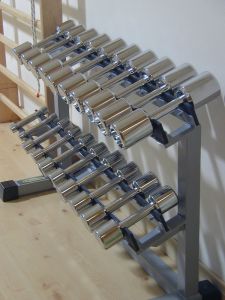
How To Train For a Triathlon - Weight Training for Mighty Muscles
One of the most often skipped steps during beginning triathlon training is strength training. While focusing on running, swimming, and biking is a good idea, you also want to give your muscles the best chance to be strong and stay strong during each part of the race.
You can do this with strength training.
All you need are some simple hand weights or barbells at your home. If you belong to a gym, it's time to start going to the weight machines for an additional triathlon boosting workout.
All you need is a few days a week, with rest days in between.
Here are the exercises you should do for your lower body:
- Leg press or squat
- Leg extensions
- Leg curls
- Calf raises
For the upper body:
- Upright rows
- Bicep curls
- Tricep dips
- Pushups
- Shoulder presses
- Bench presses
- Crunches for your abs
When you spend some time in the weight room, your muscles will be able to work more efficiently, conserving energy when you need it the most.
Injury Prevention
While you may follow all of your training guidelines, eat right, and get enough rest, you might be still setting yourself up for an injury.
Many newcomers to the triathlon training will try to push themselves too far and too fast when they begin. And it's understandable. You want to show that you can do everything on the training program and then you tire yourself out too quickly, making it far more likely that you will injure yourself, pull a muscle, or maybe even damage your body permanently.
To help prevent injuries when you're training, here's what you need to do:
- Always workout at a moderate pace – While you don't want to move slowly in your workouts, you also shouldn't push yourself too hard.
- Take rest days – This allows time for your muscles to repair and rebuild after hard workouts. The muscles need at least forty-eight hours between workouts to recuperate.
- If something hurts, stop – If you feel like you have hurt your body, you need to slow down or stop your workout. Don't push through the pain.
- RICE treatment – If you have hurt a muscle, try Rest Ice, Compression, and Elevation first for a few days. If this doesn't help, you might need to see your doctor.
- Stretch – By stretching for a few seconds before and after your workout, you can avoid many muscle type strains and sprains.
Getting into triathlon shape doesn't mean you need to get signed up for a real race – although, when you're done with your training, you might just want to show off how fit you are now.
This hub brought to you...
by Julie-Ann Amos, professional writer, and owner of international writing agency www.ExquisiteWriting.com
Why not create your own HubPages? It's fun and you can make revenue from Adsense and other revenue streams on your pages. JOIN HUBPAGES NOW
This work is licenced under the Creative Commons Attribution-Non-Commercial-No Derivative Works 3.0 Unported License. To view a copy of this licence, visit http://creativecommons.org/licenses/by-nc-nd/3.0/ or send a letter to Creative Commons, 171 Second Street, Suite 300, San Francisco, California 94105, USA.
Other useful hubs
- The Beginner Triathlon Schedule - Including Drills w...
Scheduling to train for 3 disciplines. A sprint triathlon typically consists of a swim portion that is around 500 meters (about a half mile), a 20K / 12.6 mile bike ride, and a 5K or 3.1 mile run. How do you... - First Triathlon: From Spin Class Junkie to Olympic T...
I hadn’t even seen the dark waters of the Hudson river in early morning light, but I was already thinking about what it would be like to drown in it. It the 2005 NYC Triathlon, and like everyone else... - Trying a Womens Triathlon
You may watched a triathlon or seen pictures and thought "That looks cool! I'd like to try one, but I don't think I could do it." Keep those first 2 thoughts and chuck that third one right out a 5th story...




